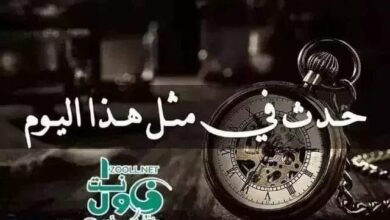(Losing an image)… How can art be transformed into a tool of humiliation and abuse of the culture and history of an entire people? – On low heat – ✍️ Khaled Muhammad Al-Baqir

⭕ In the narrow streets, narrow villages and all the cities of Sudan, where houses are close together as if seeking to hear each other's secrets, voices are born trying to scream with all their might, singers who love to sing to the point of madness, striving to attract attention.
⭕ Their products and voices were not messages with high meanings, but rather hoarse voices competing with the noise of crowded streets, singing for fun and games, without purpose or message.
These artists found a way to Egypt through the displacement, infiltration, rebellion and civil war the country witnessed.
⭕ They have become a malignant tumor that spreads through nightclubs and cafes, presenting cheap art that distorts the image of the Sudanese in front of the world.
In a country that is trying to recover from its pain and wounds, these people have become a thorn in the side, confirming every night how art can be transformed into a tool of humiliation and abuse of the culture and history of an entire people.
Social networks are no longer just platforms for communication and dissemination of knowledge and culture, but have instead turned into theaters where these artistic farces are presented, theaters that are expanding day by day to include a wider audience that appreciates this cheap art that imitates Sudanese art, which increases their negative impact on the image of Sudanese people abroad.
⭕Contrary to the conditions of a devastated country, witnessing the scourges of war and destruction, these people continue to produce this type of art, unaware of the real role that art can play in treatment and restoration, in awareness and construction.
⭕ Most of them sing in the name of Sudan while embodying its identity, tearing apart the moral veil that was supposed to unite them.
⭕ This distorted image may continue to haunt the Sudanese for some time, but in the end, there is hope that Sudanese art will regain its true status, an art that expresses the identity of its people, an art that tells stories of struggle, patience and hope, an art that heals the nation's wounds and restores…
It has lost its shine.
⭕ Sudanese art has always been a mirror that reflects the ancient culture and heritage of Sudan. However, in recent years, Sudanese art has faced a series of challenges that have damaged its essence and status.
⭕ There are many forms of abuse, from neglect and marginalization to the flattening and disorientation of the entities responsible for regulating the arts and the artistic scene in the country, even before the war, which affect artists and Sudanese society as a whole.
⭕ The abuse of Sudanese art creates an environment that does not support real artists, which discourages them and reduces their opportunities for development and innovation.
⭕ This also affects the whole society, because art is an expression of cultural identity, and therefore insulting art is an insult to Sudanese culture itself.
⭕ The heritage of Sudanese art dates back thousands of years. It blends African, Arab and Nubian influences, leaving a rich legacy of artistic works ranging from painting, sculpture, music and poetry.
⭕This heritage deserves respect, enhancement and protection to remain a witness to the richness and depth of Sudanese culture.
⭕ We must all realize the importance of art as an integral part of our cultural heritage and national identity.
⭕ Efforts must be combined to protect Sudanese art and raise awareness of its true value and role in promoting cultural dialogue and self-expression.
⭕Protecting and encouraging Sudanese art is a responsibility that falls on all of us, for the sake of a prosperous future that celebrates diversity and creativity.




